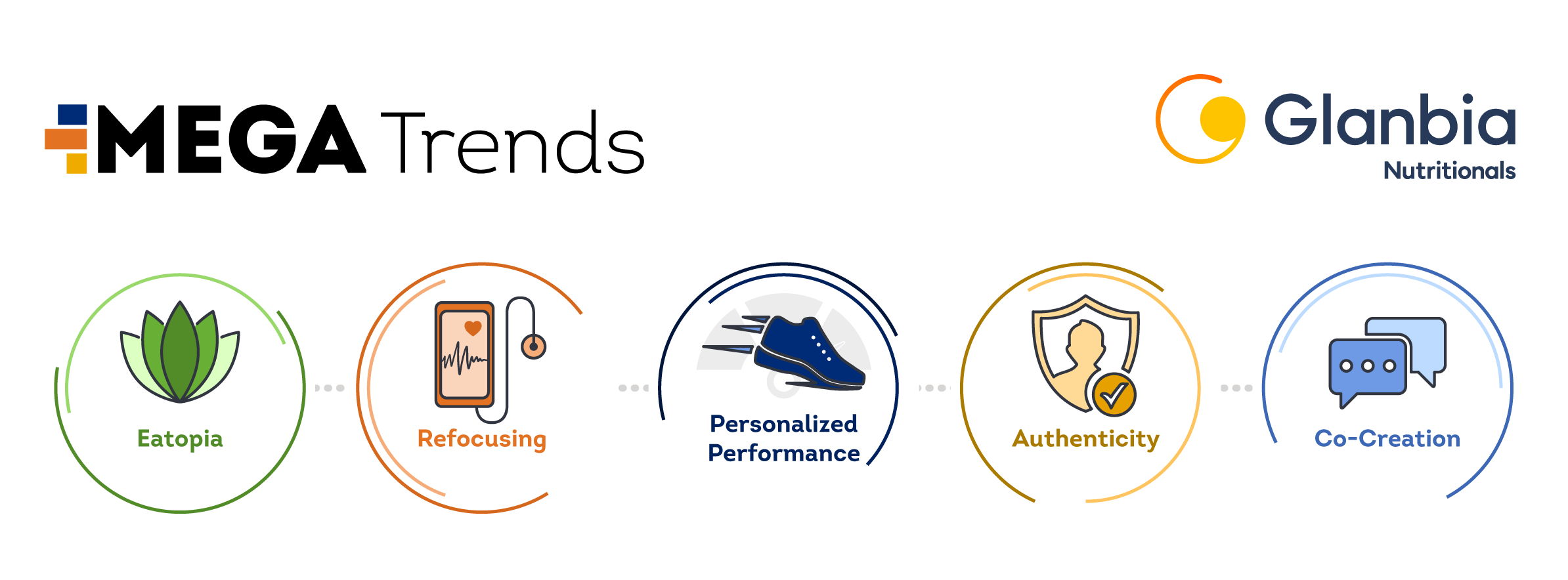1. Eatopia
Consuming your way to the perfect state of holistic wellness
The drive toward optimal health is strong among today’s consumers, whose proactive attitude has them reaching for food, beverage, and supplement solutions. While about half of supplement use occasions are for a nutritional top-up (24%) or to treat a health condition (23%),1 traditional supplements aren’t the solution for everyone.
“Consumers are taking greater control over their health—and expect companies to provide effective, science-backed solutions.” —McKinsey & Company, Future of Wellness, 2024
One in four US consumers (one in three of 18- —to 25-year-olds) find supplements confusing, and this correlates to non-use.2 Simpler, clearer health hacking measures are having their moment. Drink mixes like MUD/WTR and Bloom Greens & Superfoods are particularly intuitive for consumers.
2. Refocusing
The new metrics of health & vitality
As more consumers take stock of their health needs, we’re seeing hydration as a new focus area, with half of US consumers believing hydration is vital to their health. 3 For many, though, plain water simply isn’t appealing. 44% have not consumed plain still water in the past three months, and 35% drink water only out of necessity, with no enjoyment.4










